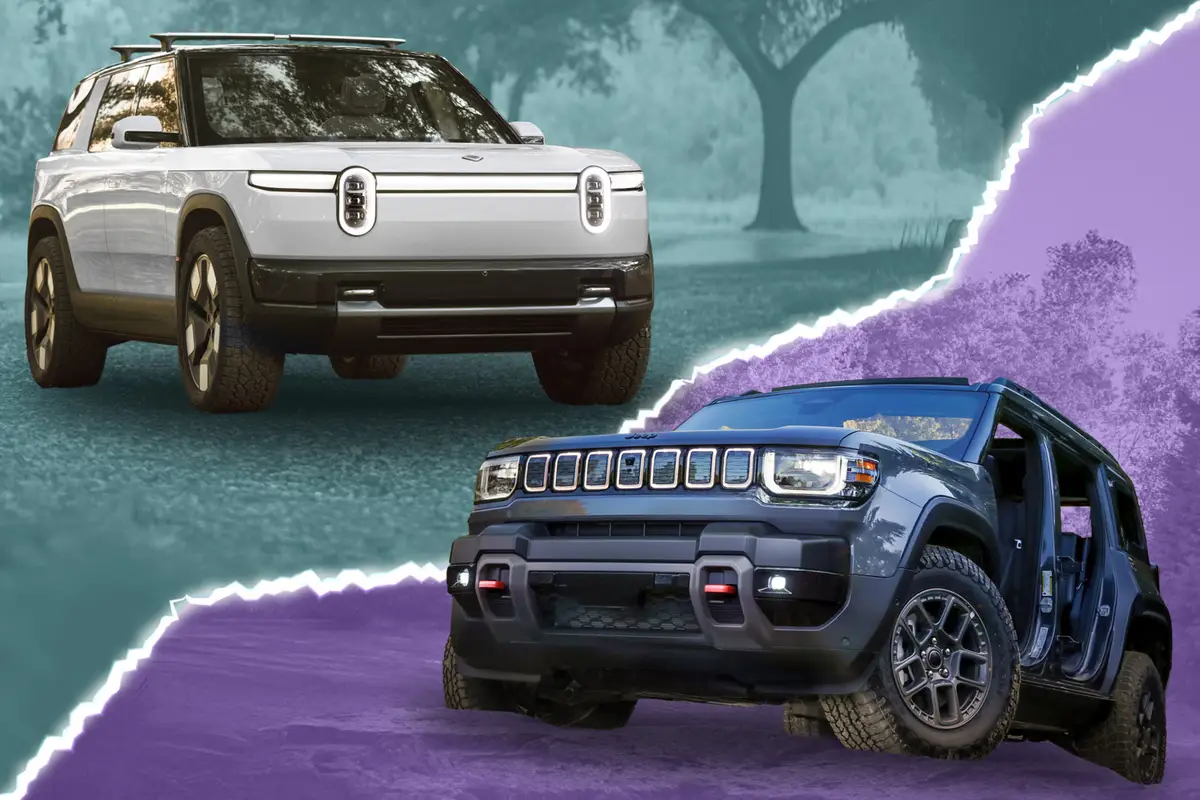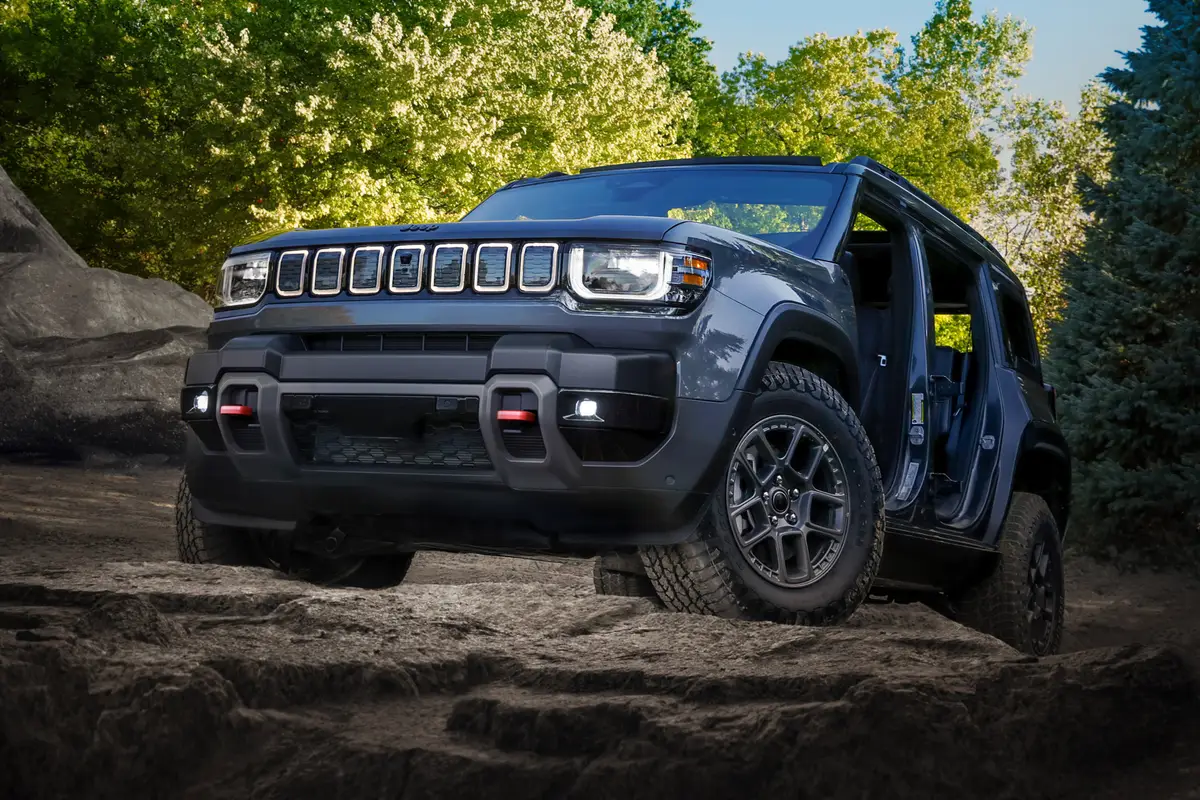The Morning Call and Mcall.com's view
Cadillac has a long reputation as a manufacturer of luxury cars. It also has a reputation for innovative engineering and is credited with a number of automotive firsts during its 85 years of existence.
For example back in 1908 it was recognized as the first car to achieve interchangeability through standardization of parts. Other first included: the first electric starter (1912), first production V-8 (1915), first to install security plate glass as standard equipment (1928), first to build a 16- cylinder automobile engine (1930), first to provide power steering as standard equipment (1954), first U.S. production car with electronically fuel- injected engine (1975), first transverse V-8 in a front-wheel drive car (1985) and first to use multiplexed wiring to control external lighting (1987).
Lest we forget, Cadillac also is credited with the introduction of ”tailfin” styling and has had its share of excessive designs (late 1950s cars come to mind) and bad timing (a 500 cubic inch V-8 engine in the midst of rapidly rising fuel prices). However, when the whole picture is viewed, over the years, the company really did many things right.
The automotive world, though, reflects life in terms of: It’s not a question of what has been done in the past, but what has been done lately.
Lately Cadillac has done something that should please all Cadillac buyers; it has a new V-8 engine that not only performs much better than last year’s V- 8 but also gets about the same fuel economy; always a neat trick.
The test car, a Sedan DeVille supplied by Daniels Cadillac-BMW, 13th and Tilghman streets, Allentown, is one of the cars with the new engine; the other models are the Eldorado, Fleetwood and Seville.
The new engine measure 4.5-liter or 273-cubic-inches making it about 10 percent larger than last year’s 4.1-liter/250-cubic inches. Right off, 23 cubic inches may not appear to be that much larger, but apparently each and everyone of these cubic inches is being put to good use. In fact, performance is dramatically improved; especially in 0-60 mph acceleration. Here the DeVille can reach the 60 mph figure in less than 10 seconds, which is about three seconds quicker than the previous engine.
Construction of the engine is somewhat unique in that it has a die-cast aluminum block fitted with wet, cast-iron cylinder liners and cast-iron cylinder heads. In addition to just being bigger, the power output is enhanced by redesigned intake and exhaust systems. The intake runners have been tuned for maximum efficiency, and a large-diameter throttle-body atop the intake manifold provides better air flow. A low-restrictive air cleaner helps improve air flow to the engine, while a low-restrictive catalytic converter and a larger diameter exhaust system contributes to better ”breathing,” or, at least, that is what Cadillac says.
After all is added up, the new 4.5 develops 155 horsepower at 4,000 rpm and 240 foot-pounds of torque at 2,800 rpm. So even though the displacement is increased by less than 10 percent, horsepower and torque is increased by nearly 20 percent (the 4.1 was rated at 130 horsepower at 4,200 rpm and 200 foot pounds torque at 2,200 rpm). For what it’s worth, Cadillac claims the 4.5 V-8 produces the most torque of any front-wheel drive automobile in the world.
As mentioned, performance is very good. Just step on that accelerator and the four-speed automatic transmission will go through the gears quite rapidly. No let up, no sags. Fuel mileage is also good for a full-sized car. The test car averaged 14 miles per gallon for city driving and 22 mpg over the highway. Unleaded premium should be used. (Just for a comparison, EPA rates the ’88 DeVille at 17 mpg city and 24 highway versus last year’s 17/25.)
The Sedan DeVille is much more than just an engine. It is a full-sized luxury car with lots of passenger-pa pering features and a sophisticated suspension system. The DeVille was totally redesigned in 1985 (from a large rear-wheel drive to a somewhat smaller front-wheel drive model) and had revised front- and rear-end styling last year. This year, exterior changes are very minimal. In fact, aside from the availability of six new exterior colors, the only distinguishing exterior feature is the addition of a 4.5-liter V-8 engine identification plaque to the deck lid.
With a wheelbase of 110.8 inches, overall length of 196.4 inches, width of 71.7 inches, height of 55 inches and curb weight of 3,399 pounds, the Sedan DeVille does not really look like a large car; or, at least, it doesn’t look like the large car it replaced. However it does have a passenger compartment index of 110 cubic feet, which gives it one of the largest interiors available this year. The trunk measures 16 cubic feet; good but not great.
The Sedan DeVille is rated as a six-passenger car and if all aren’t oversized, it could be just that. Both front and rear passengers have leg room as well as head room, providing what a large car is suppose to provide.
Driving this car really shouldn’t present any problems. Steering is responsive, though not overly so, and maneuvering and parking doesn’t take a lot of figuring.
The suspension provides for a good ride along with some very decent handling. The four-wheel independent system features MacPherson struts with coil springs all around and Electronic Level Control with Superlift air- adjustable rear struts. New this year is the addition of deflected-disc rear strut valves and revised front and rear damping for reduced suspension impact noise. Other changes include substitution of urethane jounce bumpers for natural rubber in the rear struts (for improved large impact feel) and an increase in front-wheel caster angle (to improve on-center steering response).
Though it is doubtful if many owners of Sedan DeVilles will be running the back roads, it should be assuring to have more suspension then is needed. For the real driving sport, there is a European-feel Touring suspension option. New this year on this option, is the addition of P215/65R15 Goodyear Eagle GT+4 all-season performance tires.
Another option worth looking into is the Teves anti-lock braking system (ABS). The system is controlled by two 4k microprocessors that calculate wheel speed and acceleration/declaration and modulate brake actuation to prevent wheel lockup during braking.
Base price for the Sedan DeVille is $23,404. This certainly is a fair amount of money but it could be considered the ”bargain” Cadillac when compared to the Seville, Eldorado and Fleetwood. These other models may be a little more distinguishing looking, but, keep in mind, they all share the same running gear.
Standard equipment includes air conditioning, lots of power equipment and many trim and convenie nce items. The test car with a destination charge of $525 and options totaling $2,566 had a bottom line of $26,495. Options included the value option package (more trim and convenience items, $907; rear window defogger, $170; illuminated entry system, $90; leather-wrapped steering wheel, $115; wire disc covers, $320; upgraded AM-FM system, #329, and leather seating, $525.
The car is covered by General Motors’ six-year, 60,000-mile powertrain warranty and six-year, 100,000-mile rust-through corrosion warranty, as well as Cadillac’s five-year, 50,000-mile warranty on major assemblies.
Latest news



